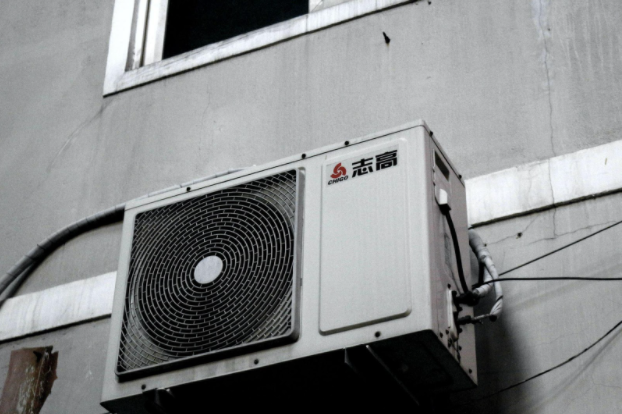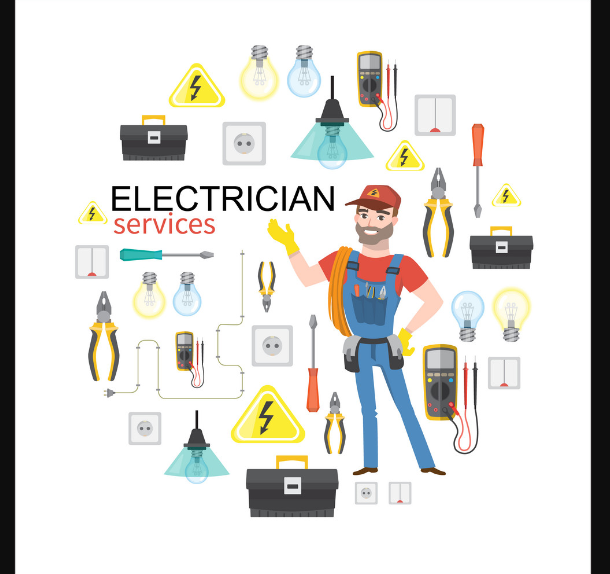If you’ve been on the hunt for ways to build a more eco-friendly and energy-efficient home, you must have come across recommendations to upgrade your home lighting.
Although replacing your home’s lighting with ENERGY STAR-certified LED bulbs has the ability to save costs, there are more reasons to switch to LED light bulbs. LED bulbs offer many advantages in comparison to traditional fluorescent or incandescent lighting.
In fact, switching to energy efficient light bulbs is a rather simple way to save money at work or home. Another alternative is to compare renewable energy Cirro Energy rates to find out which provider has the most affordable residential energy plans that also have a high percentage of renewable energy. In addition, it can also make you feel good about making a positive impact on the environment.
Moreover, energy-efficient lighting lasts almost 12 times as long as conventional bulbs, as they use less electricity to realize the same amount of light.
There’s never a better time than right now to get started with starting your transition to efficient LED lighting. Here are some important reasons why you should upgrade your lighting system to LED bulbs.
LEDs Are More Energy-Efficient Than Conventional Light Bulbs
According to ENERGY STAR, LEDs are almost 90%more energy-efficient compared to incandescent light.
Incandescent bulbs tend to produce light via electricity to heat up the metal filament in the bulb until it turns to incandescent or white-hot. Hence, this makes incandescent bulbs release the majority of their energy as heat.
The same goes for halogen bulbs, as they’re highly wasteful with the amount of energy they consume, and it will reflect on your electric bill. Whereas, LEDs consume 75% less energy.
LEDs Are More Eco-Friendly
If you’re a homeowner who deeply cares about the environment, and wants to reduce landfill waste, then LEDs are the right choice for you. Fluorescent tubes and compact fluorescent lamps (CFL) both contain mercury, which can be harmful if exposed to humans or pets.
That is why fluorescent bulbs are in the category of universal waste. LEDs bulbs, on the other hand, don’t contain toxic mercury. That said, some LEDs do contact metals, so make sure that you read the bulb’s label before purchasing it.
In other words, a LEDS bulb can easily be placed in the trash without causing any harm to the environment.
LEDs Have a Longer Lifespan
Unlike CFLs or incandescent, LEDs never “burn out.” These energy-efficient bulbs go through lumen depreciation. In other words, their brightness dims slowly over time. Although the LED’s luminance might be less bright towards the end of its lifespan, it usually won’t stop working altogether.
Apart from the LED’s ability to shine longer as compared to incandescent bulbs, its overall lifespan is so much longer. An incandescent usually lasts for up to a year, whereas an LED can last up to 25 years! Isn’t that incredible?
The higher wattage of a LED, the longer it lasts. That means if you were to switch to LEDs, you’ll be saving on production and material cost, and wastage as well.
LEDs Are More Durable
But do you need lights that are durable? Well, think about outside your house, where your electricity can be exposed to rain, temperature influxes, wind, etc.
LEDs are far more resistant to impact and shock than incandescent. Moreover, LEDs are less likely to shatter if accidentally dropped. Both fluorescent and incandescent have fragile internal parts.
Whereas, LEDs utilize a chip stored within an epoxy resin and not in neon gas or a filament. If you want a light bulb that’s specifically designed to last many years, then LED is your best choice.
LEDs Are More Safer to Use
The fact that fluorescents and incandescent usually emit a lot of heat waste, they are definitely much hotter to touch than an LED. Keeping this in mind, LEDs are rarely considered a fire hazard, thus making them a smart choice to reduce risk at home.
Conclusion – Is the Switch Worth it?
Undeniably, yes. Even though energy-efficient light bulbs cost a little more in comparison to the traditional filament and halogen bulbs, they do tend to last longer, generate less carbon dioxide, and are cooler to the touch.
Moreover, a home that has more energy-efficient bulbs, will end up saving you more money in the long run. Therefore, the switch might be tough if you have a lot of lighting in your home, but trust us, it’s worth it.







